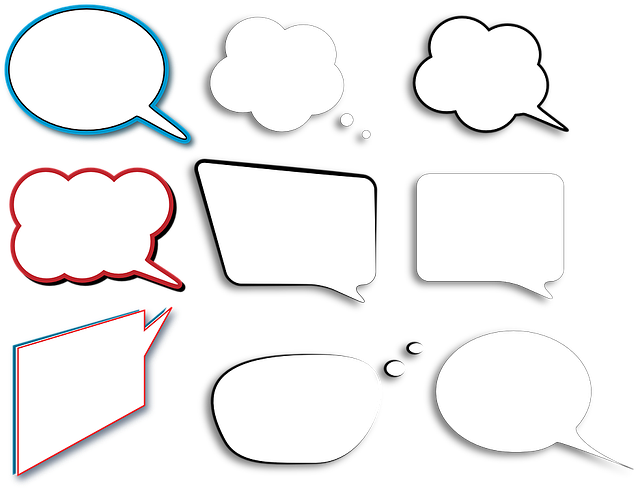Where to find customer language
Customer sales increase when you speak customer language.
No longer can you rely on sales copy to logically explains what your product or service is or the great benefits you provide. Chances are your competition is out there already with similar offers. That means all of you are competing for the same pool of potential customers.
Most marketers quickly understand this and turn to the art of copywriting to improve customer connections.
Sales marketing for the most part follows a predictable template pattern of –
- simple language
- focus on the problem or the pain
- offer a solution with an emphasis on benefits
- support with testimonials
- include a guarantee refund
- throw in some great irresistible bonuses
What we forget
Customers are experienced at reading hundreds of sales offers.
Most scan and only stop to read when something catches their attention.
They will stop and consider your offer more seriously when you capture their attention.
What is Customer Language?
Marketers usually write from the perspective of what they believe the problem is and how their product or service solves that problem.
Customers, however, have their own language when it comes to describing their problems or issues.
The brain automatically recognizes words and phrases that are part of or similar to the descriptive vocabulary that frames a problem or issue.
When you use the words and phrases customers commonly use, you capture the attention of your customer’s brain.
The customer and his/her brain is now more receptive to the rest of your messsage.
Where to find customer language?
- Keyword search will tell what words or phrases are trending in the search engines. But, that’s not enough.
- Develop a list of common words and phrases that you would most likely use for your topic. (nouns, verbs, adjectives, adverbs)
- Search using your topic and/or keywords and note what descriptive words/phrases are part of titles.
- Read through as many articles and you can and notice any new words or phrases.
- Read the comments and forums related to your topic. (customer language goldmine)
- Get feedback from: current customers, surveys, interviews and social media comments. Memberships, MeetUps and mastermind groups are also another great source.
Recently, I’ve been working on a new product offering. While, I’m knowledgeable about the topic with years of experience in the area, my first sales copy read like a list of learning objectives.
You will learn … etc.
I had to backtrack and learn the language of my customers. My best secret is that it takes more time and effort to go through comments. But it’s worth it.
I found which were the hot topic problem areas (one of which I had not considered). I found words that reappeared (some expected, some not). What I did not find was a word I was planning to use. That led me to changing it to a customer word that was somewhat similar.
Here’s what I did
I created a separate list of customer language based on:
- the common words and phrases they use
- their complaints, frustrations and disappoints
- what they say isn’t working for them
- what emotions come up for them
When I go back and compare my original list to my customer language list, I now have a far richer resource to draw from.
As I write, I’m in my customer’s head. I better understand their needs and can tailor my product and copy to capture their attention in a language they recognize.
As entrepreneurs, we work very hard to provide good products and service. But, we can also connect with customers in a way that resonates on a deeper level.by using their language.
What customer language do your speak?
Image: COO Pixabay 1187260
Sources:
